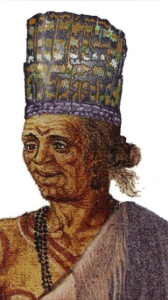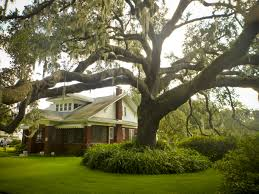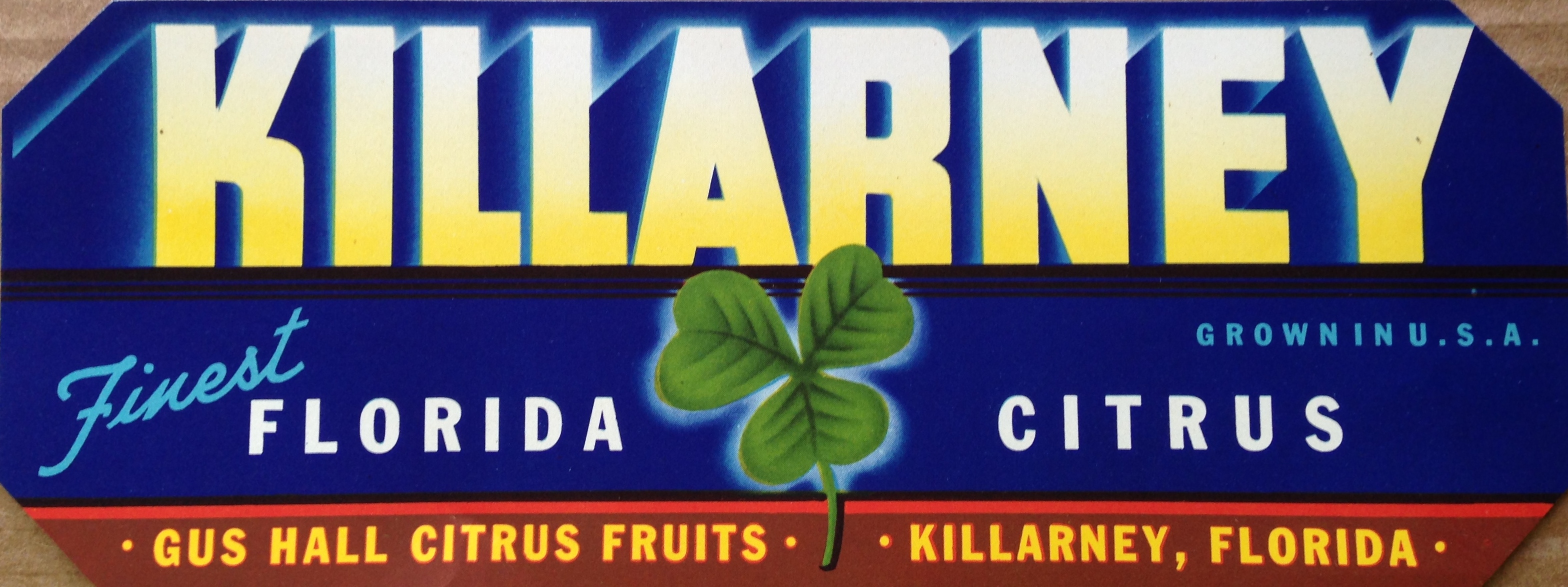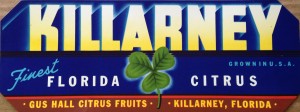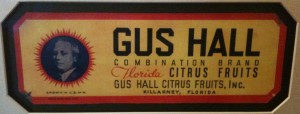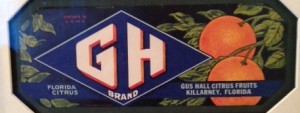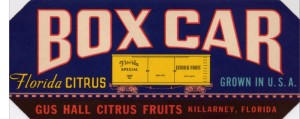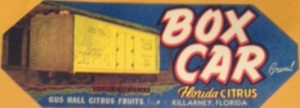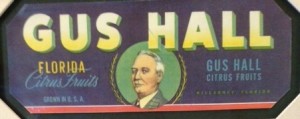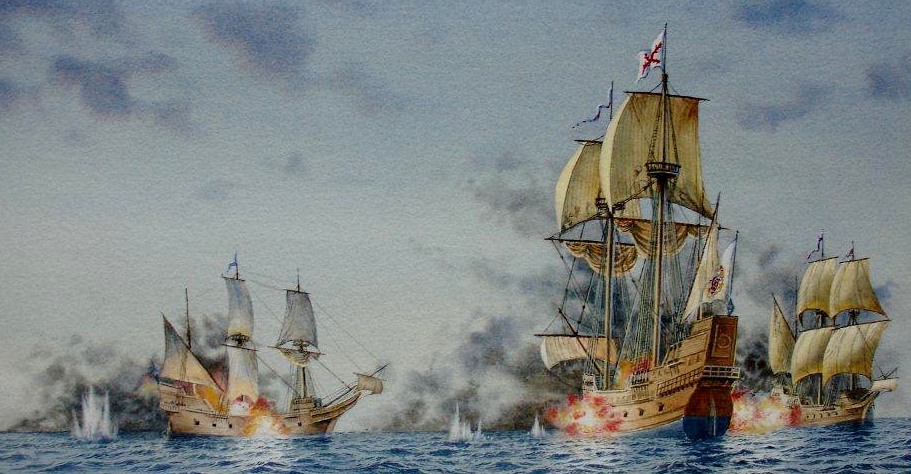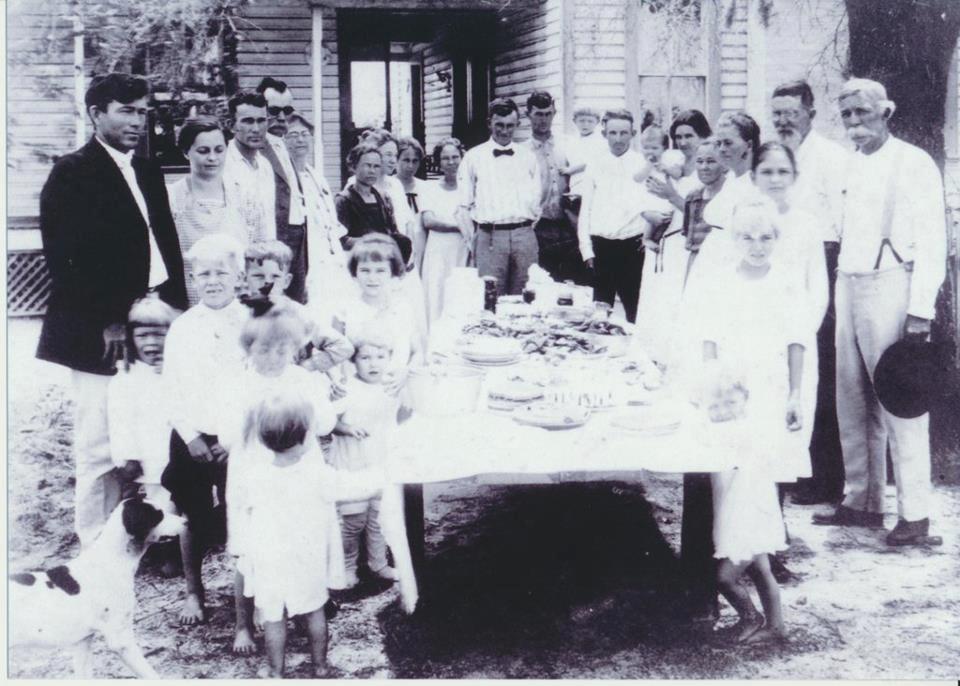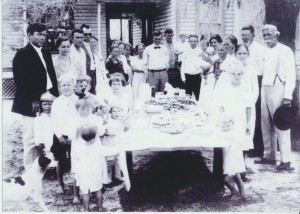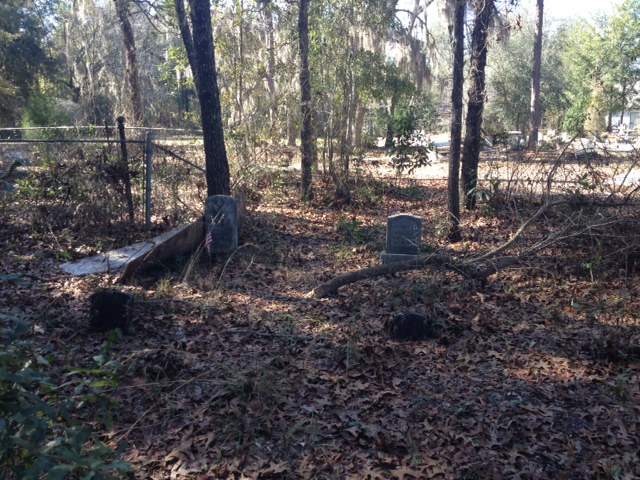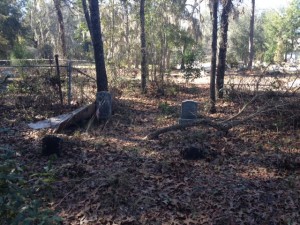Discovering Margaret…..
Twenty and Odd Africans arrive in Virginia in 1619. Most of their names are unknown, or quite possibly they were concealed. The less known about the incident would be best. The names we have are from the ‘List of the Living’ compiled after the Indian massacre of 1622. They were Angela, Anthony, Isabel, Frances, Peter, Anthony, and Margaret. The others were identified as only male or female as much about the whole incident would be camouflaged to protect the few involved.
Documents show that the Africans arrived at Old Pointe Comfort, Virginia in the later part of August, 1619. The Captain, a former Calvinist Reverend turned Privateer, reported his only cargo as being “Twenty and Odd” Africans he took (pirated) from a floundering vessel off the coast of Vera Cruz, Mexico. Under the watchful eye of the crown the incident is quietly reported. John Pory, the Virginia Company’s newly appointed Secretary, writes in a letter to Sir Dudley Carleton dated September 30, 1619,
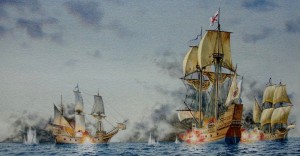
The San Juan Bautista’s battle against the two English corsairs, the Treasurer and the White Lion.
“Having mett with so fitt a messenger as this man of Warre of Flushing.” The letter goes on to tell of the arrival of some “twenty and odd” Africans brought by a Dutch Captain.
Was Pory disguising the ship to protect its captain and crew? Probably not.
Oddly, the letter was sent to Sir Dudley Carleton via messenger, Marmaduke Reynor, the English pilot of the White Lion. This information alone is telling of some sort of an association.
Was Pory’s loyalty to the company, trying to diminish the association by the cover of a Dutch marque? Or was his loyalty to the Earl of Warwick? Possibly it was to the English Crown. But, clearly Pory’s loyalties didn’t align with the White Lion who was sent back into the English channels with a letter suggesting a Spanish piracy, not to mention, a cargo that would confirm Pory’s words.
Why? There are several reasons.
Just months before the African’s arrival, Samuel Argall, the acting Governor of Virginia, was ordered to return to England to face questioning from the King’s Privy Council regarding the suggestion Virginia was nothing more than a Pirate’s haven. The thought of a Spanish Piracy by an English ship so soon might be the last straw to an English King’s already tarnished image with Spain. Proof of a Spanish piracy would surely condemn the Virginia Company, giving King James good reason to revoke their patent.
Another reason…..there were two ships involved, two English Corsairs. When the Treasurer arrived at Pointe Comfort carrying Africans just days after the White Lion, oddly the Treasurer was immediately turned away, or was the ship warned off? The Treasurer, captained by Daniel Elfrith was owned by Robert Rich II, Earl of Warwick, one of the most influential and powerful men in England. The Treasurer would sail for Bermuda, an island known to be under the Earl of Warwick’s hand, where he could control the secrecy of the situation.
England would be tricky, as the White Lion was a common sight in the Port of Plymouth where the ship sat for years. Reverend Jope had purchased the decayed White Lion from a member of his congregation, who captained the ship during the Elizabethan War between England and Spain 1585-1604. In fact, it was the Port of Plymouth where Captain Jope re-launched the White Lion’s sails after the ten (10) years it took to refurbish the old war ship. The White Lion, it’s captain and it’s crew were English, not Dutch as Pory’s letter would suggest and now their identities would need to be hidden under the association of a “Dutch” marque.
As fate would have it, the San Juan Bautista’s Captain Acuna, who reported the incident upon his arrival in Mexico, was kin to Count Gondomar, the Spanish Ambassador who was in the inner circle of England’s King James. When the Spanish Captain Acuna makes claim to his kin that two English Corsairs pirated his San Juan Bautista just off the coast of Vera Cruz, Mexico stealing some fifty or sixty African slaves, Virginia becomes the target of Gondomar’s rage and demands retribution. For an English Captain in the year of 1619 the act of Spanish piracy would be a death sentence, for it was less than two years earlier Sir Walter Raleigh was be-headed for Spanish piracy, a result of Gondomar’s insistence under the Maritime Peace Treaty.
Continue to follow this blog as I reveal my findings while discovering Margaret.


